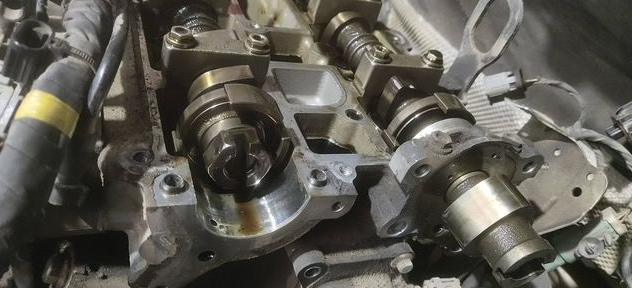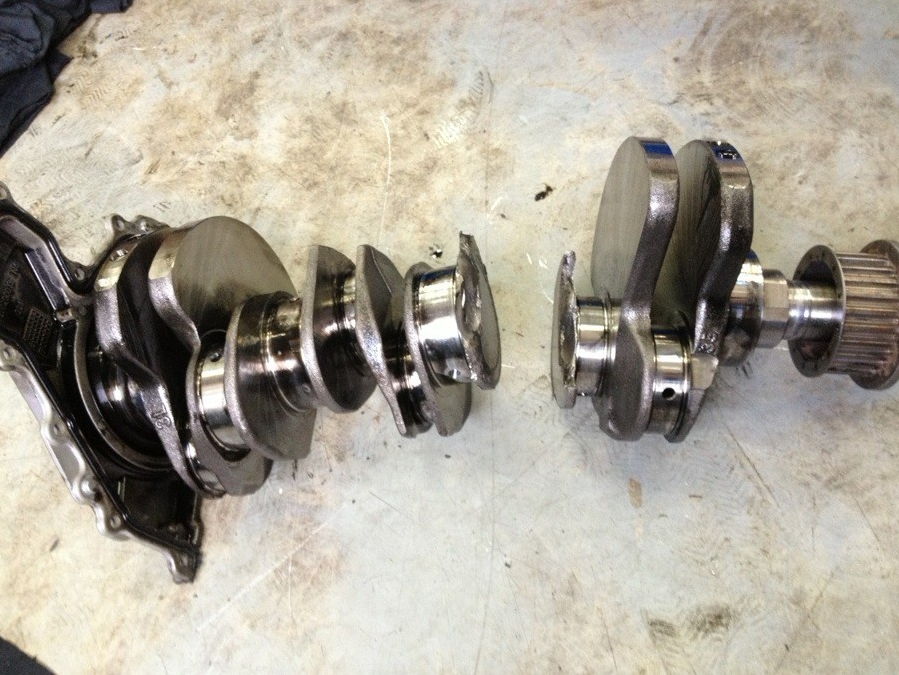The primary role of a connecting rod, an essential component in an internal combustion engine, is to transfer force from the piston to the crankshaft and convert reciprocating motion into rotary motion. However, the connecting rod does more than just this, playing a vital role in ensuring efficient engine performance. Here’s an exploration into the detailed functionality and purpose of connecting rods.
Table of Contents
- Force Transmission
- Motion Conversion
- Maintaining Piston Alignment
- Facilitating Cooling
- Controlling Engine Compression Ratio
- Sustaining Tensile and Compressive Forces
Force Transmission
The connecting rod is primarily responsible for transmitting the force generated by the combustion process in the engine’s cylinders to the crankshaft. This transmitted force is the primary driver that causes the crankshaft to rotate, thus producing the power necessary to propel the vehicle.
Motion Conversion
A crucial role of the connecting rod is to convert the piston’s reciprocating motion into the rotary motion of the crankshaft. This conversion is the fundamental principle by which an internal combustion engine operates, transforming the energy released from the combustion of fuel into mechanical energy that propels the vehicle.
Maintaining Piston Alignment
Connecting rods help maintain the alignment of the piston within the cylinder. By keeping the piston correctly aligned, they ensure smooth engine operation and prevent damaging contact between the piston and the cylinder walls.
Facilitating Cooling
The connecting rod contributes to engine cooling. As the rod moves up and down within the engine, it splashes lubricating oil onto the cylinder walls, pistons, and other components. This oil splash helps reduce engine temperature by dissipating heat.
Controlling Engine Compression Ratio
The length of the connecting rod influences the engine’s compression ratio, which is a critical determinant of engine efficiency and power output. The compression ratio is the ratio of the cylinder’s volume at the bottom of the piston’s stroke to its volume at the top of the stroke. Different engine designs require different rod lengths to achieve the desired compression ratio.
Sustaining Tensile and Compressive Forces
Connecting rods are designed to withstand the intense tensile and compressive forces generated during engine operation. They must be strong enough to sustain the tensile forces that occur when the piston moves upward during the exhaust stroke and the compressive forces that occur during the combustion stroke. The robust design of a connecting rod allows it to perform its function without failing under these extreme conditions.
Understanding the main purposes of a connecting rod provides insights into its integral role within the engine. Its functions of force transmission, motion conversion, piston alignment, and more ensure efficient and smooth engine performance, highlighting its importance in internal combustion engine design and operation.
